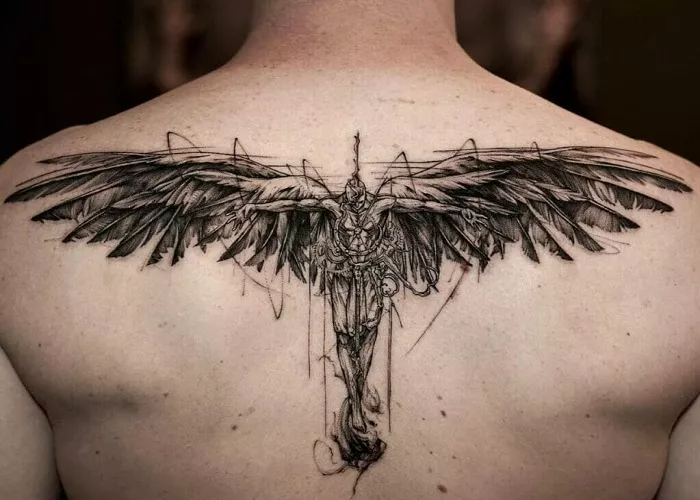A tattoo meant to commemorate a British man’s daughter has been misidentified by U.S. immigration authorities as a gang symbol, raising questions about the reliability of a federal training manual used to flag alleged members of the Venezuelan gang Tren de Aragua (TdA).
Pete Belton, a 44-year-old man from Derbyshire, England, discovered his elbow tattoo—depicting a clock—featured in a Department of Homeland Security (DHS) training guide used by Immigration and Customs Enforcement (ICE). According to Belton, the tattoo has no criminal association; the time on the clock simply marks his daughter’s birth.
“I’m just an average middle-aged man from Derbyshire,” Belton told the BBC, expressing disbelief that his personal tattoo had been linked to an international criminal network. He added that he is now reconsidering a planned family trip to Miami, joking that it might turn into “an all-inclusive holiday to Guantanamo.”
The same tattoo image was also included in a September 2024 PowerPoint presentation by the Texas Department of Public Safety, which listed various tattoos as gang indicators—including clocks, crowns, stars, and even the silhouette of basketball icon Michael Jordan.
ICE has reportedly implemented a points-based system to identify suspected TdA members, based on a document known as the “Alien Enemy Validation Guide” obtained by the ACLU. Under this system, tattoos allegedly symbolizing gang loyalty are worth 4 points. Other criteria include wearing certain clothing (4 points), using specific hand signs (2 points), or posting gang-related symbols on social media (2 points). Individuals scoring 8 points or more are classified as gang members, while those with 6 or 7 points may still be labeled as such pending a supervisor’s review.
Critics argue the system is flawed and may result in wrongful detentions. Last month, professional soccer player Jerce Reyes Barrios was deported to El Salvador—where he was subsequently imprisoned—reportedly due to a crown tattoo. His lawyer maintains the design is a tribute to Spanish football club Real Madrid, not a gang emblem.
How Belton’s tattoo image made its way into DHS training materials remains unknown. The Department of Homeland Security has not responded to requests for comment.
Related topics:

